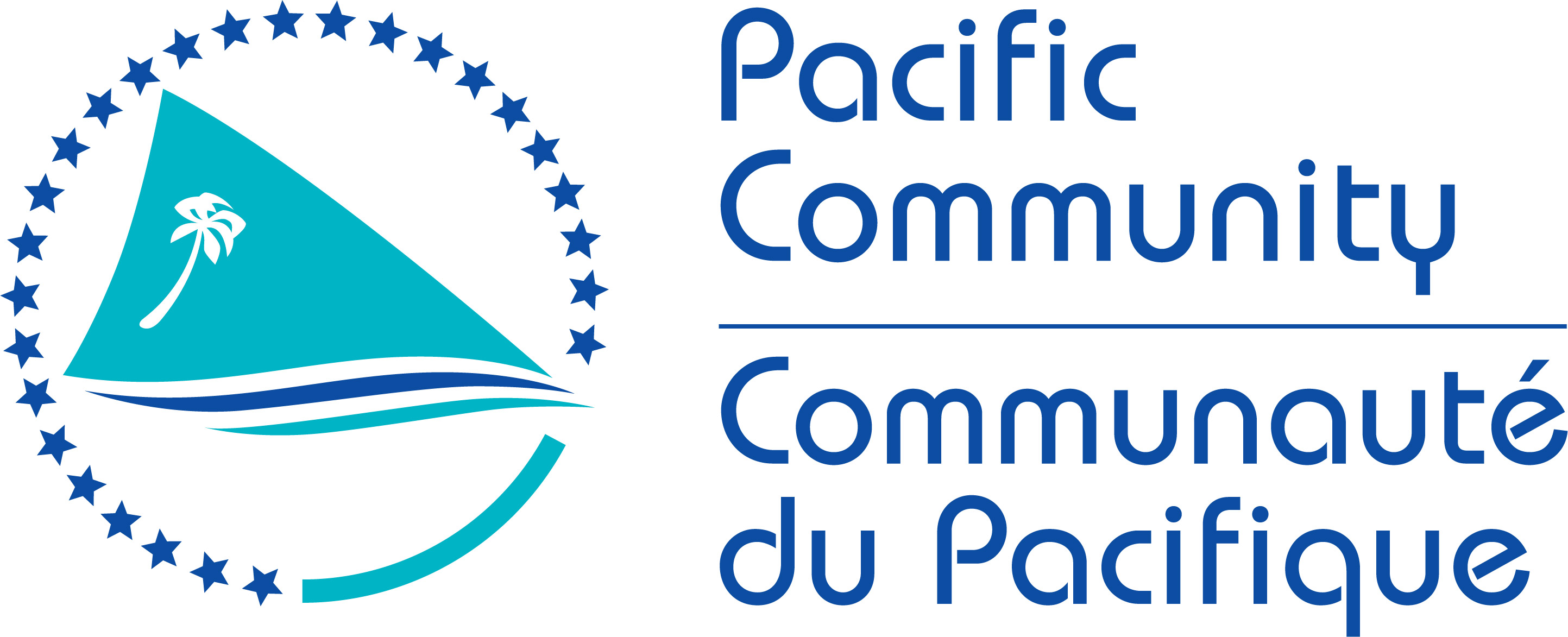Bula Vinaka, Namaste, and Happy World Meteorological Day!
It is a privilege to celebrate World Meteorological Day with all of you here today at the Pacificâs own Regional Specialised Meteorological Centre here in Fiji.
This is my first time to visit your Nadi centre, but many of my colleagues at the Geoscience, Energy, and Maritime or GEM Division of SPC based in Suva have become familiar faces here.
Our Division is home to numerous regional programmes in Disaster Risk Reduction, Hydrology, Climate Change, and Ocean Science, so Fiji Met Service is a frequent and valued partner in the work we do.
SPC is the Pacificâs principle scientific and technical development agency, but we are not a 24/7 operational facility and we do not need to be, because the Pacific is very well served by the experts based here, who are provide forecasting and climate services, hydrology, training, instrument calibration, and specialised tropical cyclone tracking for the Western Pacific.
I have immense respect for the Fiji Met Service, and the day-to-day life saving work you do. We may not think much about the weather when itâs sunny and pleasant, but when cyclones, floods, droughts, and other hydrometeorological events are at our door, every person in Fiji relies on your real-time observations, your timely and accurate forecasts, and your warnings and advice.
This is even more critical as Category 5 cyclones, devastating floods, extreme king tides, severe droughts, and other impacts of climate change are no longer distant predictions, but real events we witness every year.
Reflecting on where we all were at this time last year, if someone were to ask you: what is the most pressing threat Fiji faces? youâd probably name COVID-19 along with the public health and economic stresses that global travel bans have brought.
And itâs true, these challenges are serious, they are immediate, and they are real. But in year or two, most of us will hopefully be vaccinated and this storm will eventually pass.
The threat of climate change, however, will loom larger than ever.
In 2018 Pacific Island Leaders declared that climate change âremains the single greatest threat to the livelihood, security and wellbeing of the peoples of the Pacific.â
According to IOC-UNESCO, as research cruises, maintenance visits, and sensor deployments around the globe have been postponed or cancelled, âCOVID-19 has created an ocean data blindspot that could disrupt weather forecasts and hamper our understanding of climate change.â
In the Pacific, this yearâs World Meteorological Day theme resonates, as it recognises the inherent connection between the ocean, climate and weather within the Earth System.
It also honours that this is the starting year for the United Nations Decade of Ocean Science for Sustainable Development (2021-2030), with Fijiâs own Peter Thomson, the UN Special Envoy for the Ocean, leading the charge.
The launch of this decade, and the energy and resources being mobilised to strengthen ocean science and ocean observations around the world represents a great opportunity to improve the early warning systems we all rely upon.
While global models and satellite observations provide us with a good understanding of what is happening in the open ocean, our understanding of dynamics at the coast is not so clearâand this is the area of greatest interest to most Pacific Islanders. 90% of Fijians, for example, live within 10km of the coast.
To improve maritime safety for small and large vessels, to improve management of coastal fisheries, to improve preparedness of coastal communities, and to improve all of our understanding of coastal processes, we still require more ocean data and particularly, more ocean monitoring systems around Fijiâs coasts.
This work is already underway through SPCâs ongoing partnership with Fiji Met on a number of projects.
One of these is the Climate and Oceans Support Program in the Pacific or COSPPac, which has supported Fiji Met in developing their Ocean Outlook- you will learn more about this today from the team here.
Through abither project, two new wave buoys will soon be deployed in Suva, the Pacific willmove from hosting 1% to 2% of the world's buoys.
And speaking on behalf of my colleagues and the wider Pacific Community (SPC), this is in our wheelhouse and SPC is here to support you.
Many of you may know that in the last three years, and guided by the mandate of our members, SPC has also established the Pacific Community Center for Ocean Science or PCCOS. The purpose of the PCCOS is to facilitate better coordination of ocean science, boost accessibility of critical ocean data, and to improve services to our Pacific members.
We are here to work with you and for you, to coordinate with donors, partners, with the other regional and international organisations and others to reach our lofty goals of ocean-oriented monitoring, conservation, improved capacity, sustainable development, and resilience.
Sincere thanks go to all our partners in this effort, and in particular, those who have made this event possible today, the Australian Government Department of Foreign Affairs and Trade through the Climate and Ocean Support Program in the Pacific (COSPPac).
And our sincere thanks go to the Fiji Met Service, for their ongoing partnership and commitment to drive these developments.
Today is not just about the Ocean, our climate, and weather, it is about all of the staff here, who through their dedication, provide the services every day that are necessary for the safety, health, and economic survival of all Fijians.
Vinaka and Happy World Meteorological Day!

